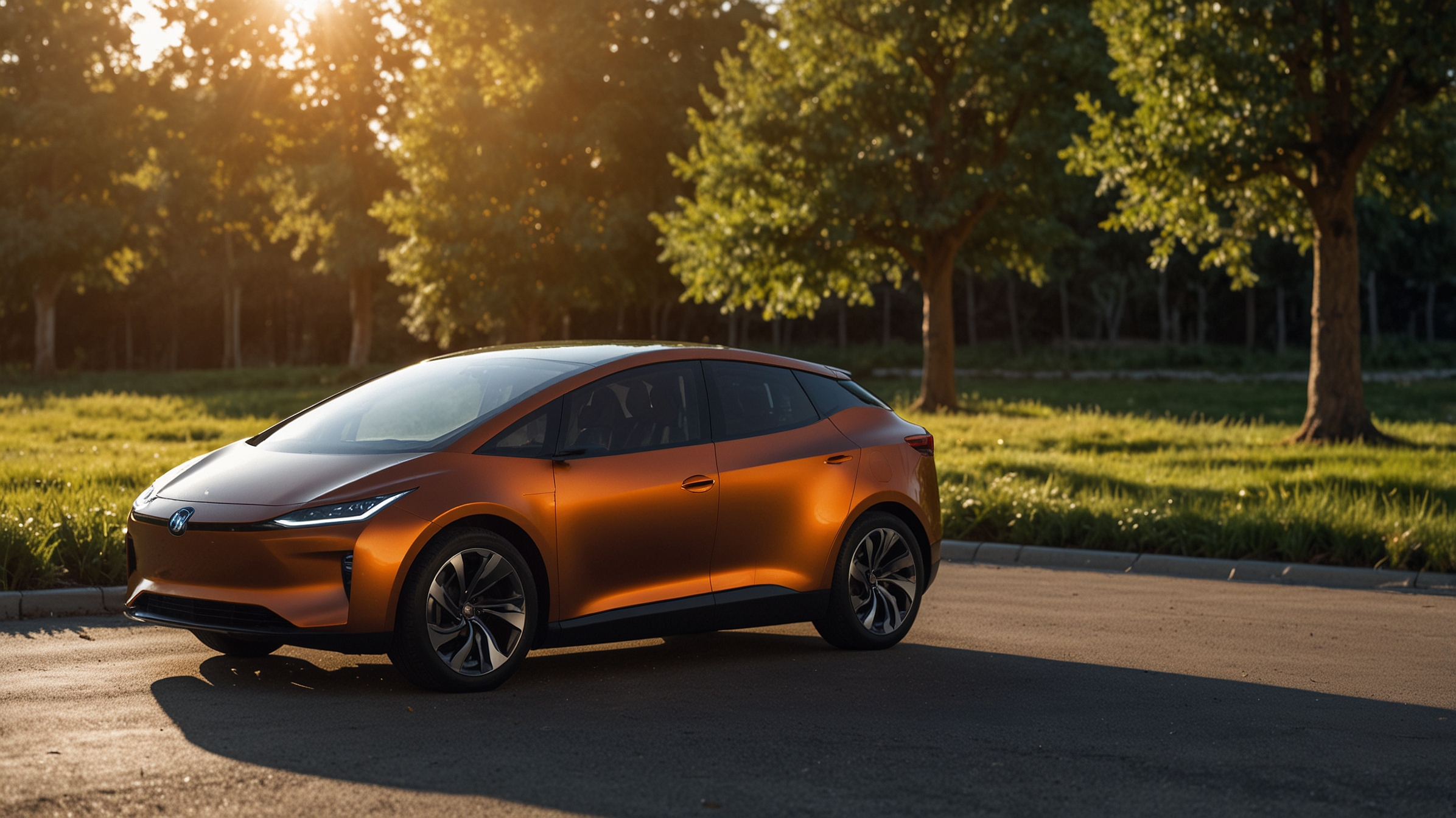For decades, solar-powered cars have seemed like something out of science fiction—futuristic vehicles gliding down highways powered solely by sunlight. But thanks to advancements in solar technology, battery efficiency, and lightweight materials, this long-standing dream may finally be inching toward reality. As climate concerns grow and the demand for clean mobility solutions increases, automakers and startups alike are reimagining what solar integration can look like on our roads.
So, are solar cars truly becoming viable for everyday drivers? Let’s take a closer look.
What Is a Solar Car, Really?
A solar car typically refers to a vehicle that uses photovoltaic (PV) cells to convert sunlight into electrical energy. This energy can then be used to power the car’s electric motor directly or charge an onboard battery for later use. While full solar-powered driving is still rare, more automakers are experimenting with vehicles that use solar panels to extend range, power auxiliary systems, or provide supplemental charging.
There are generally three types of solar integration in vehicles:
- Solar-assisted electric vehicles – These are electric vehicles (EVs) with integrated solar panels that provide a small but meaningful boost to the battery.
- Hybrid solar-electric cars – Vehicles that combine solar energy with traditional charging methods, increasing overall efficiency.
- Fully solar-powered cars – A rare category where the vehicle relies entirely on sunlight for operation, usually built for competitions or niche markets.
Why Solar Has Been a Challenge
Despite the appeal of limitless, free solar energy, several practical limitations have kept solar cars from becoming mainstream—until recently.
- Surface Area: Most cars don’t have enough surface area to mount large PV panels that can capture significant energy. A sedan roof and hood, for example, might generate just enough power for a few extra miles per day.
- Solar Efficiency: Traditional solar cells convert only 15–22% of sunlight into electricity, meaning they generate relatively little energy compared to the car’s needs.
- Weather Dependency: Cloudy days and indoor parking limit solar efficiency, making it unreliable as the sole energy source.
- Cost: High-end solar cells and integration systems used to be prohibitively expensive for commercial car production.
However, ongoing innovation is starting to solve many of these issues.
Recent Breakthroughs and Real-World Progress
A handful of automakers and startups have begun to push solar cars from prototype to production. Here are some of the most exciting examples:
1. Lightyear 2 (Netherlands)
Dutch company Lightyear is developing the Lightyear 2, a sleek, solar-assisted EV that promises up to 500 miles of range, with 20–40 miles per day powered by sunlight alone under ideal conditions. The company claims their vehicle can go weeks or even months between plug-in charges in sunny regions.
2. Aptera Motors (USA)
Aptera’s futuristic three-wheeled EV is designed with aerodynamics in mind and comes equipped with solar panels that can provide up to 40 miles of range per day. With a lightweight build and high-efficiency motor, Aptera is aiming to offer a true solar EV experience for daily commuting.
3. Sono Motors Sion (Germany)
While recently pivoting from car production to B2B solar tech, Sono Motors made waves with its Sion model, a family-friendly hatchback with 248 solar cells embedded into its body. The solar panels could add up to 15 miles of daily range and were designed to supplement the 190-mile battery range.
4. Hyundai and Toyota’s Solar Roof Options
Mainstream automakers like Hyundai and Toyota have begun offering solar roof panels on select models like the Sonata Hybrid and Prius Prime. While these panels mostly power auxiliary systems or trickle-charge the battery, they represent a growing interest in solar integration.
Are Solar Cars Viable for the Mass Market?
In short: we’re not there yet—but we’re getting closer.
The current state of solar car technology means that, for now, these vehicles are best suited to supplement existing EV technology rather than replace it. Solar panels on a car can provide anywhere from 10 to 40 miles per day in sunny climates—enough to cover many daily commutes without plugging in.
However, for long-distance travel, cloudy regions, or urban environments with limited sun exposure, solar energy alone remains insufficient. That’s why most solar cars today are hybrids that rely on both plug-in charging and sunlight.
Still, with growing investment, improving solar efficiency, and consumer interest in sustainable tech, it’s likely that solar integration will become a standard feature in EVs in the years to come.
Benefits Beyond the Range
Even if solar cars can’t fully power themselves just yet, they offer several compelling benefits:
- Lower Charging Frequency: For short-distance drivers, solar energy could dramatically reduce the need to plug in.
- Emergency Energy: In the event of a power outage or grid failure, a solar-assisted car can still move.
- Environmental Impact: Reducing reliance on the grid—even by a few miles a day—lowers emissions and energy demand.
- Reduced Ownership Costs: Less frequent charging could reduce electricity bills over time.
Looking Ahead
As solar panel efficiency climbs and EV design becomes increasingly integrated with smart energy systems, we’re likely to see more models that incorporate solar panels as standard. While we may still be a few years away from truly solar-only vehicles for the masses, the technology is no longer stuck in the realm of sci-fi.
What was once a dream of clean, free, sun-powered mobility is finally starting to take real, measurable steps forward. For eco-conscious drivers and tech enthusiasts, the solar car revolution might be just over the horizon.





